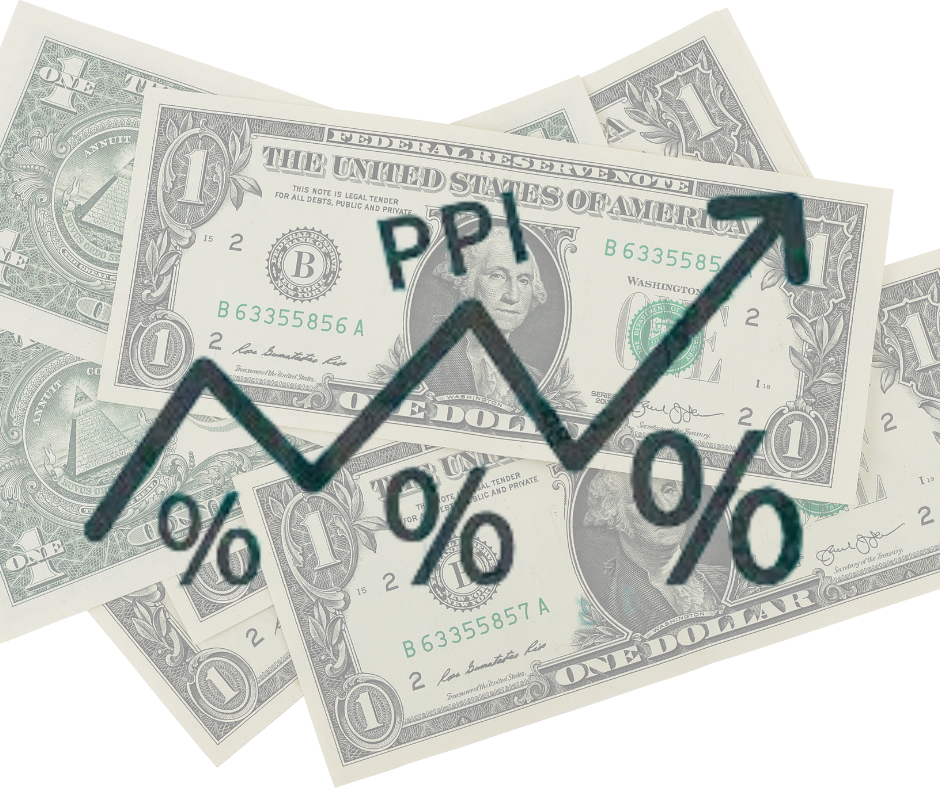

Introduction:
In the world of finance, there are various economic indicators that investors closely monitor to make informed decisions. One such indicator is the Producer Price Index (PPI), which measures the average change in prices received by domestic producers for their goods and services. This blog post aims to explore the significance of PPI data and its impact on the price of gold.
Understanding PPI:
The PPI is a key economic indicator that provides valuable insights into inflationary pressures within an economy. It tracks changes in prices at the producer level, offering a glimpse into the cost of production for goods and services. By monitoring PPI data, economists and investors gain a better understanding of the inflationary trends and potential impact on various asset classes, including gold.
The Relationship between PPI Data and Gold:
Gold has long been considered a safe-haven asset and a hedge against inflation. When there is an increase in inflationary pressures, such as rising producer prices, investors often turn to gold as a means to protect their wealth. This is because gold is seen as a store of value that tends to hold its worth over time.
Impact of Rising PPI Data on Gold:
When PPI data shows an upward trend, indicating increasing producer prices, it can have a positive impact on the price of gold. This is primarily due to the perception that rising inflation erodes the value of fiat currencies, making gold an attractive alternative. As a result, investors may increase their demand for gold, causing its price to rise.
Furthermore, rising PPI data can also signal potential future increases in consumer prices, known as the Consumer Price Index (CPI). This expectation of higher inflation further strengthens the case for investing in gold, as it is often seen as a reliable inflation hedge.
Conversely, if PPI data indicates a decline in producer prices, it may have a negative impact on the price of gold. Lower inflationary pressures reduce the urgency for investors to seek shelter in gold, potentially leading to a decrease in demand and, consequently, a decrease in the price of gold.
Conclusion:
The Producer Price Index (PPI) serves as a crucial economic indicator that provides insights into inflationary pressures within an economy. Its impact on the price of gold is significant, with rising PPI data often leading to increased demand for gold as a hedge against inflation. Conversely, declining PPI data may result in a decrease in the price of gold. As investors navigate the financial markets, keeping a close eye on PPI data can help them make informed decisions regarding their gold investments.

